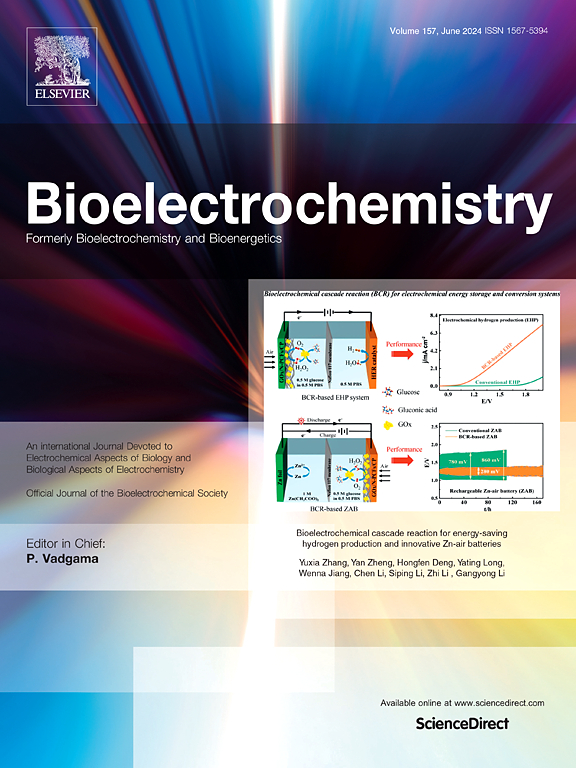Stress resilience is an active and multifactorial process manifested by structural, functional, and molecular changes in synapses
IF 3.6
2区 医学
Q1 NEUROSCIENCES
引用次数: 0
Abstract
Stress resilience is the ability of neuronal networks to maintain their function despite the stress exposure. Using a mouse model we investigate stress resilience phenomenon. To assess the resilient and anhedonic behavioral phenotypes developed after the induction of chronic unpredictable stress, we quantitatively characterized the structural and functional plasticity of excitatory synapses in the hippocampus using a combination of proteomic, electrophysiological, and imaging methods. Our results indicate that stress resilience is an active and multifactorial process manifested by structural, functional, and molecular changes in synapses. We reveal that chronic stress influences palmitoylation of synaptic proteins, whose profiles differ between resilient and anhedonic animals. The changes in palmitoylation are predominantly related with the glutamate receptor signaling thus affects synaptic transmission and associated structures of dendritic spines. We show that stress resilience is associated with structural compensatory plasticity of the postsynaptic parts of synapses in CA1 subregion of the hippocampus.
压力复原力是一个活跃的多因素过程,表现为突触的结构、功能和分子变化
应激恢复能力是指神经元网络在面临应激时仍能保持其功能的能力。我们利用小鼠模型研究了应激恢复现象。为了评估小鼠在长期不可预测的应激诱导后产生的恢复能力和失调行为表型,我们结合使用了蛋白质组学、电生理学和成像方法,对海马兴奋性突触的结构和功能可塑性进行了定量表征。我们的研究结果表明,应激复原力是一个活跃的多因素过程,表现为突触的结构、功能和分子变化。我们发现,慢性应激会影响突触蛋白的棕榈酰化,而有应激恢复能力的动物和无应激恢复能力的动物的棕榈酰化情况各不相同。棕榈酰化的变化主要与谷氨酸受体信号传导有关,从而影响突触传递和树突棘的相关结构。我们的研究表明,应激恢复能力与海马 CA1 亚区突触后部分的结构补偿可塑性有关。
本文章由计算机程序翻译,如有差异,请以英文原文为准。
求助全文
约1分钟内获得全文
求助全文
来源期刊

Neurobiology of Stress
Biochemistry, Genetics and Molecular Biology-Biochemistry
CiteScore
9.40
自引率
4.00%
发文量
74
审稿时长
48 days
期刊介绍:
Neurobiology of Stress is a multidisciplinary journal for the publication of original research and review articles on basic, translational and clinical research into stress and related disorders. It will focus on the impact of stress on the brain from cellular to behavioral functions and stress-related neuropsychiatric disorders (such as depression, trauma and anxiety). The translation of basic research findings into real-world applications will be a key aim of the journal.
Basic, translational and clinical research on the following topics as they relate to stress will be covered:
Molecular substrates and cell signaling,
Genetics and epigenetics,
Stress circuitry,
Structural and physiological plasticity,
Developmental Aspects,
Laboratory models of stress,
Neuroinflammation and pathology,
Memory and Cognition,
Motivational Processes,
Fear and Anxiety,
Stress-related neuropsychiatric disorders (including depression, PTSD, substance abuse),
Neuropsychopharmacology.
 求助内容:
求助内容: 应助结果提醒方式:
应助结果提醒方式:


